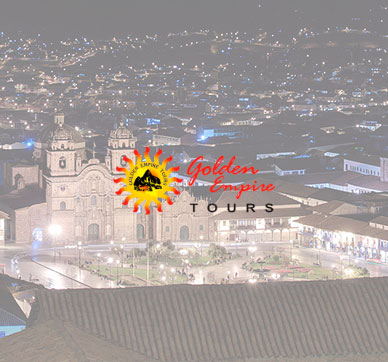Machu Picchu Seventh Wonder of the World
Ten years ago, on July 7, 2007, Peru was partying. Machu Picchu, one of the most visited places in the country by Peruvian and foreign tourists, became one of the Seven New Wonders of the Modern World.
Why is it one of the eight wonders of Mundo?
Before the birth of Christ, Greek and Roman historians compiled the list of the seven wonders of the world. However, over time, many of them have ceased to exist.
For this reason, the New Open World Foundation is developing a worldwide survey to reissue the list, giving it validity and legitimacy with a global and democratic election.
At present millions of tourists of all types of ages and nationalities visit this submerged town high in the Peruvian mountains. A magical place, without a single crack of pollution and that leaves no one indifferent.
Temperature is warm and humid during the day and cool at night. The temperature ranges between 12 and 24 degrees centigrade. The area in general is very rainy, especially between November and March. The rains, which are copious, alternate rapidly with moments of intense solar brightness.
Average climatic parameters of Machu Picchu |
|||||||||||||
| Month | January | February | March | April | May | June | July | August | September | October | November | December | Annual |
| Temp. max. average (° C) | 20 | 20 | 20 | 21 | 21 | 20 | 20 | 21 | 21 | 22 | 22 | 21 | 20.8 |
| Temp. average (° C) | 14 | 14 | 14 | 13.5 | 12.5 | 11 | 10.5 | 12 | 13 | 14.5 | 14.5 | 14.5 | 13.2 |
| Temp. min average (° C) | 8 | 8 | 8 | 6 | 4 | 2 | 1 | 3 | 5 | 7 | 7 | 8 | 5.6 |
| Total precipitation (mm) | 228 | 209 | 205 | 115 | 36 | 21 | 28 | 37 | 56 | 95 | 117 | 177 | 1324 |
| Precipitation days | 18 | 14 | 15 | 6 | 3 | 3 | 3 | 3 | 5 | 9 | 11 | 16 | 106 |
| RH (%) | 67 | 70 | 70 | 64 | 62 | 59 | 58 | 58 | 58 | 60 | 60 | 65 | 62.6 |
Agricultural area
The terraces (cultivation terraces) of Machu Picchu look like large steps built on the hillside. They are structures formed by a stone wall and a filling of different layers of material (large stones, minor stones, crushed stone, clay and farmland) that facilitate drainage, preventing water from getting into them (take into account the large rainfall in the area) and its structure collapses. This type of construction allowed cultivation on them until the first decade of the twentieth century. Other platforms of smaller width are in the lower part of Machu Picchu, around the entire city. Its function was not agricultural but to serve as retaining walls.
Five large constructions are located on the platforms east of the Inca road that reaches Machu Picchu from the south. They were used as storerooms or warehouses. To the west of the road are two other large sets of platforms: some concentric semicircular cut and other straight.
Urban zone
A wall about 400 meters long divides the city from the agricultural area. Parallel to the wall runs a “moat” used as the main drainage of the city. At the top of the wall is the Machu Picchu gate that had an internal locking mechanism. The urban area has been divided by current archaeologists into groups of buildings named by a number between 1 and 18. The scheme proposed by Chávez Ballón in 1961, which divides it into one sector hanan (high) and another hurin ( low) according to the traditional bipartition of society and the Andean hierarchy. The physical axis of this division is an elongated square, built on terraces at different levels according to the slope of the mountain.









